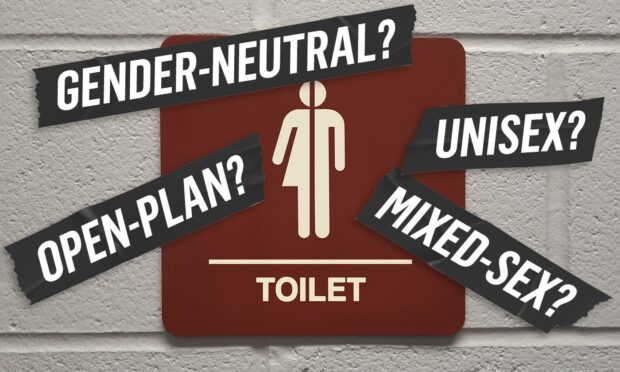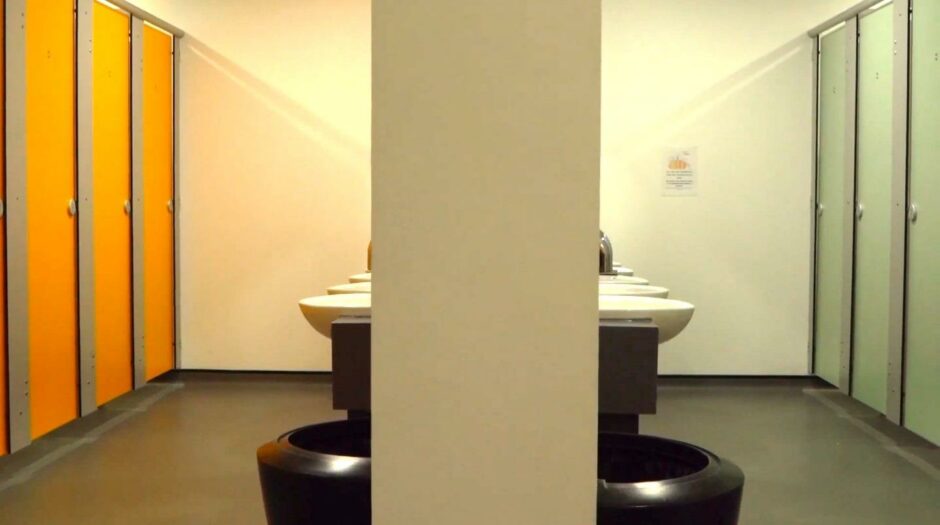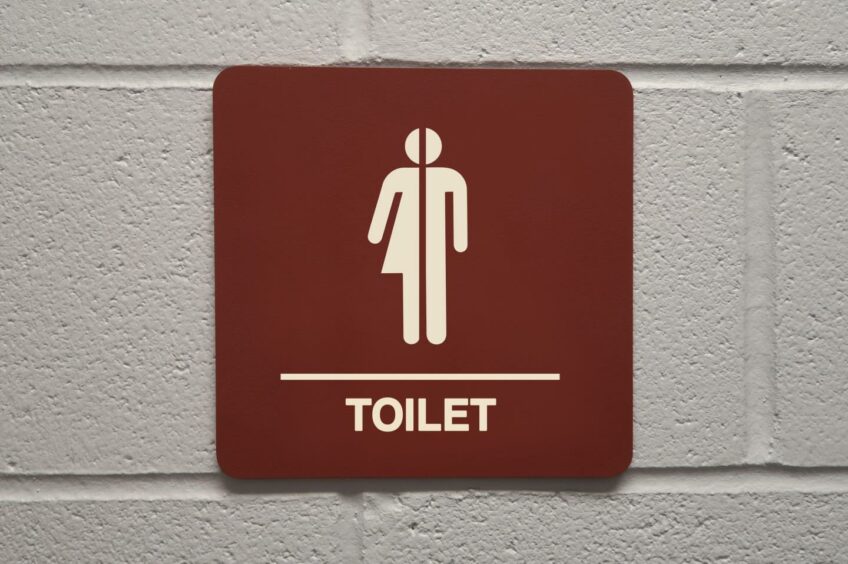Open-plan toilets in schools have caused controversy recently, but what are they really all about?
Proponents often say that they can cut down on bullying and other bad behaviours, making all students safer.
Open-plan facilities can also easily be made gender-neutral, which has typically been the trigger for controversy.
In this article we break down the types of open-plan toilets, and why the government thinks they are good for schools.
What does open-plan mean?
Open-plan toilets are an increasingly popular design that can be single or mixed gender. These toilets are open to the hallway and usually feature floor-to-ceiling cubicles and a shared wash area.
In a 2015 report, Scottish Futures Trust, which supports the government with infrastructure and planning advice, said that open-plan toilets reduce bullying and vandalism and increase hygiene among male pupils.
Again, open-plan toilets don’t have to be gender-neutral. Schools with open-plan toilets usually decide for themselves whether they will split them by gender.
Why are councils building open-plan toilets?
A Highland Council officer said that open-plan facilities are generally preferred in new builds and school expansions.
She said that they are more flexible and teachers can supervise students from the hallway.
“It is widely considered that this model of toilet facility can contribute to positive pupil behaviour, are fully inclusive, and reduce the potential for vandalism.”
Where’s the proof?
Local officials, contractors and even the Scottish Government have all suggested that open-plan facilities can reduce bullying for all students.
But most of the evidence is anecdotal.
When asked directly, neither council officials, the Scottish Government nor Scottish Futures Trust could point to any evidence that showed open-plan toilets decreasing bullying.
Even anti-bullying experts don’t have an immediate answer.
A spokeswoman for respectme, Scotland’s anti-bullying service, said that they are unaware of any evidence that open-plan toilets help prevent bullying.
“There has been little study or academic research on the prevalence of bullying in school toilets and although it is a reported phenomenon, we have no evidence that toilets are a particular hotspot in Scotland.”
Gender inclusivity and open-plan toilets
Several schools in Highland Council recently ran into controversy after updating their toilet facilities.
Parents and pupils at Culloden Academy and the new Ness Castle Primary School protested when they learned that the schools’ open-plan toilets would also be gender-neutral.
This may be part of a bigger shift in policy. According to some Scottish Government regulations, open-plan toilets can most easily be updated to accommodate gender-neutral settings.
Last year, the government issued guidance that said trans pupils should be able to use toilets that match their identity.
In a 2018 report, the government suggested updating school toilet facilities. The report described gender-neutral toilets as a preferred way of helping trans students feel more comfortable in schools.
The government said that these would make transgender students more comfortable, but stopped short of recommending schools have exclusively gender-neutral toilets.
They cited a 2017 study by LGBTQ+ campaigners Stonewall Scotland, in which two in three transgender students said they did not feel able to use the toilets in their school.
So what’s the real reason for new open-plan toilets?
In short, it’s not clear. Despite the lack of evidence proving that open-plan toilets reduce bullying and vandalism, we can’t discount it as a legitimate reason.
With toilets open to the hallway, staff members can supervise everywhere except the cubicles themselves. Anyone vandalising property or harassing a classmate can expect discipline – provided someone is watching.
But gender is also clearly a factor. Improving and promoting inclusivity for transgender students is a recent Scottish Government priority.
Open-plan toilets give schools the option to implement a gender-neutral approach, and this is often the ‘flexibility’ that supporters refer to.
There tends to be less controversy in schools around open-plan toilets that don’t come with a gender-neutral tag.
As more schools adopt the new format, you can also expect them to better track their effectiveness and supposed benefits.
Read more from the Schools & Family team
Parents’ relief over gender-neutral toilet decision at Ness Castle Primary
‘Dancing’s not just for girls’ – meet the Inverness school boy starring in a New Yorker film
After pupil backlash over toilets, Highland forced into a rethink


